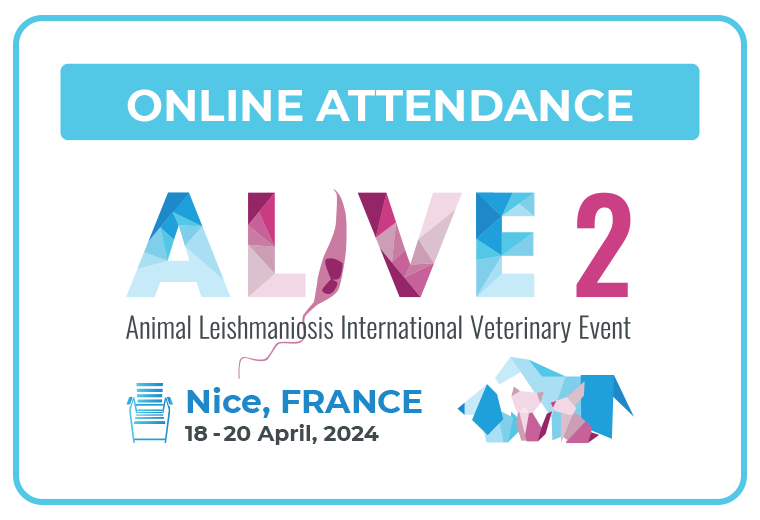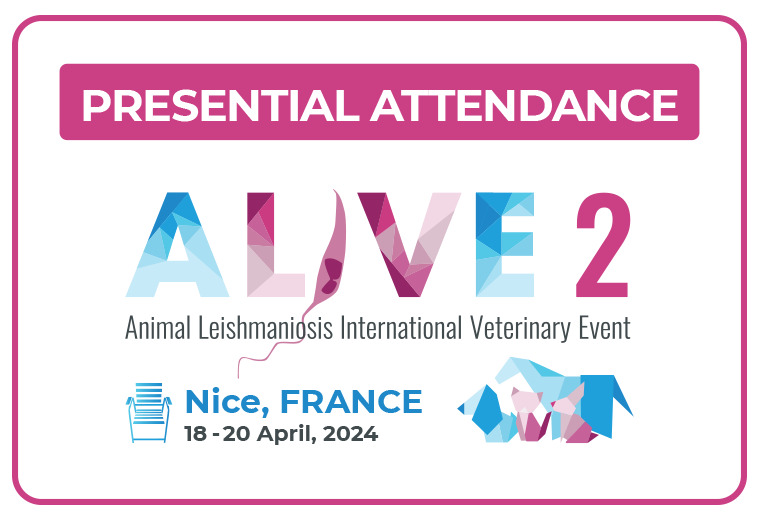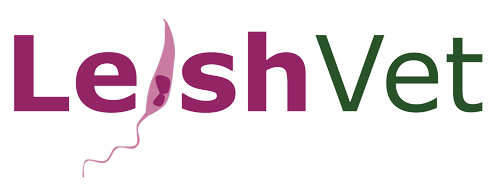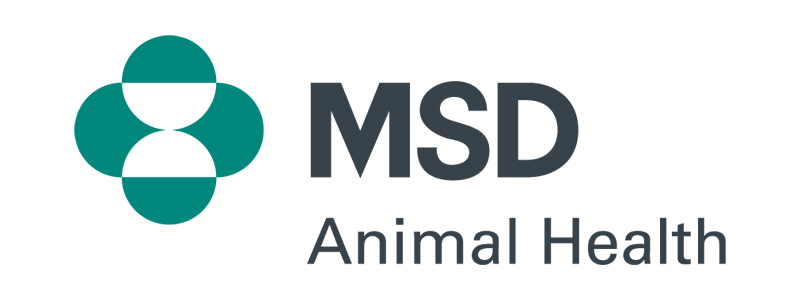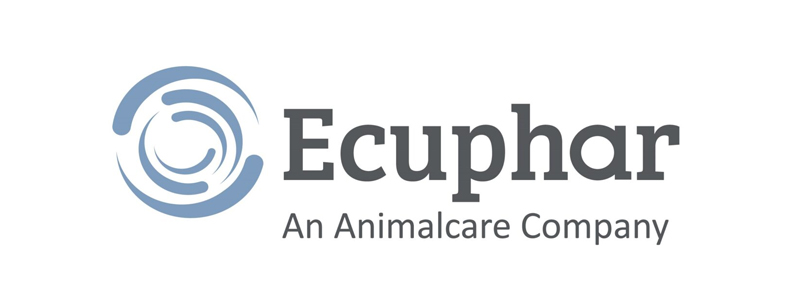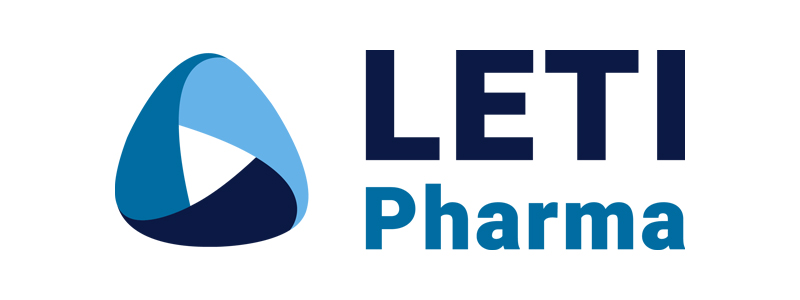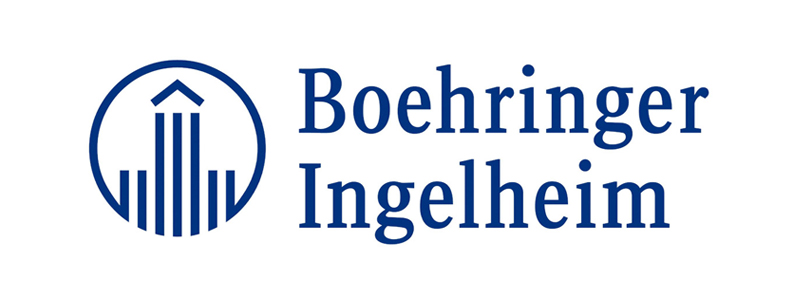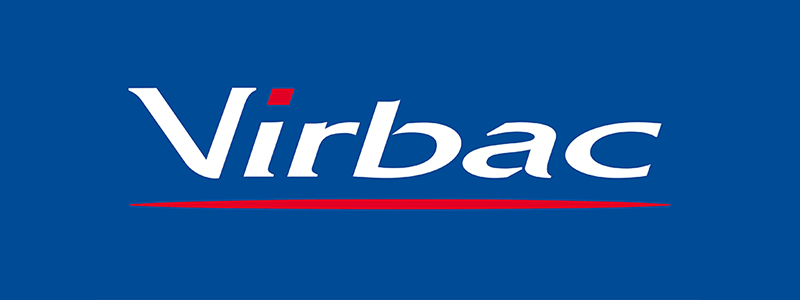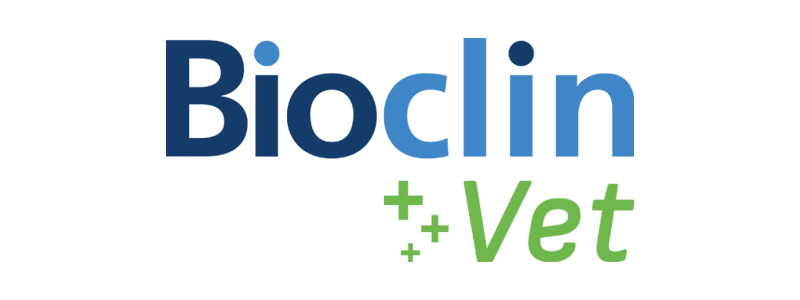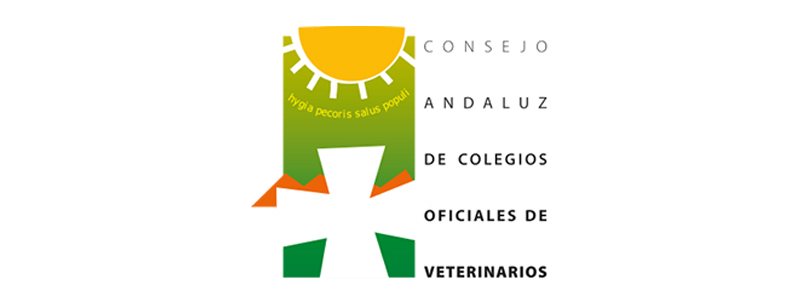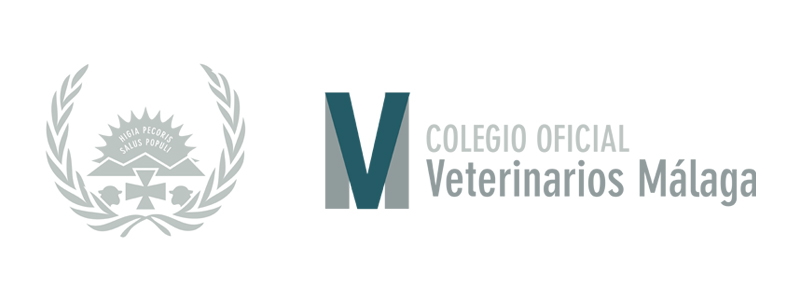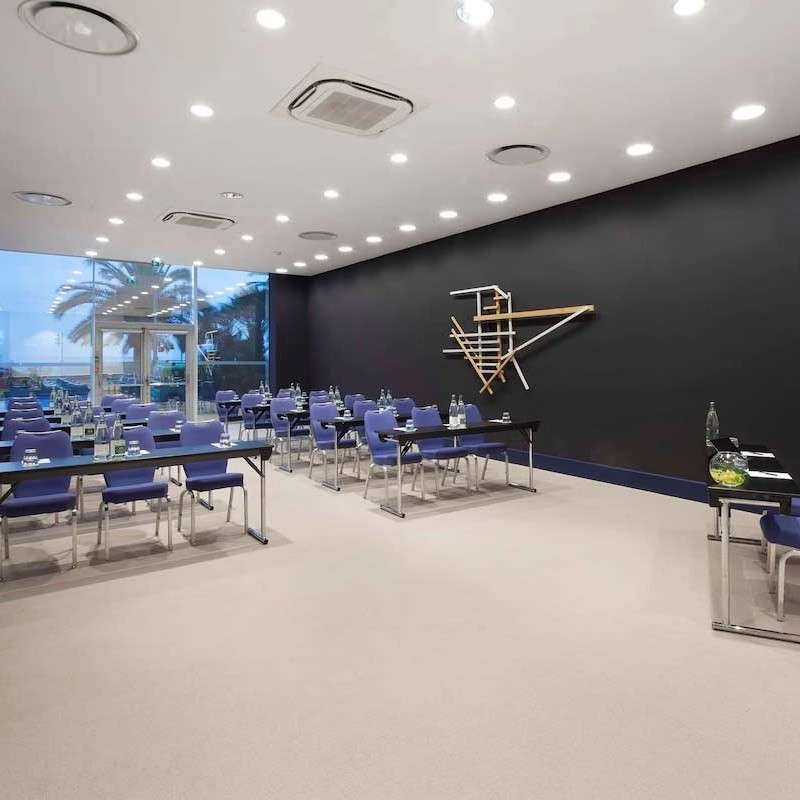Welcome to Alive 2, 2024
A presential and online event, bringing together the latest clinical practices and research material on animal leishmaniosis
A presential and online event, bringing together the latest clinical practices and research material on animal leishmaniosis
SAVE THE DATE | 18-20 April, 2024
If you want to keep up with the latest news about the event or participate in a more active way, please fill in your details below.
If you want to keep up with the latest news about the event or participate in a more active way, please fill in your details below.
000 days 00 hours 00 minutes 00 seconds
We are looking forward to seeing you in Nice!
These are our goals:
- To share novel research and discoveries on leishmaniosis and to provide a setting to exchange ideas from attendees worldwide.
- To open a forum for individuals and organizations in both public and private sectors (One Health professionals: veterinarians, physicians, biologists, public health authorities).
- To promote multi-disciplinary interactions from basic research to translational clinical or environmental settings.
- To promote a place for deep discussions on solving the problems of animal leishmaniosis.
- To foster international collaboration, industrial participation and training for One Health professionals.
Two streams will be organized:
- Clinical practice oriented stream
- Research oriented stream
ALIVE congress topics will include the following subjects from companion animals to wildlife:
- Epidemiology: vectorial and non-vectorial transmission, Leishmania geographic distribution, infectiousness, etc.
- Basic to clinical immunology.
- Genomics, transcriptomics, proteomics and metabolomics of leishmaniosis, susceptibility and resistance to infection and disease.
- Pathogenesis.
- Clinical and diagnostic aspects.
- Treatment, prognosis and monitoring: old and new treatments, drug resistance, drug development, immunotherapy, new monitoring and prognostic tests.
- Preventative tools: targeting phlebotomine sand flies, host immune response (vaccines, immunomodulators), etc.
ALIVE 2024
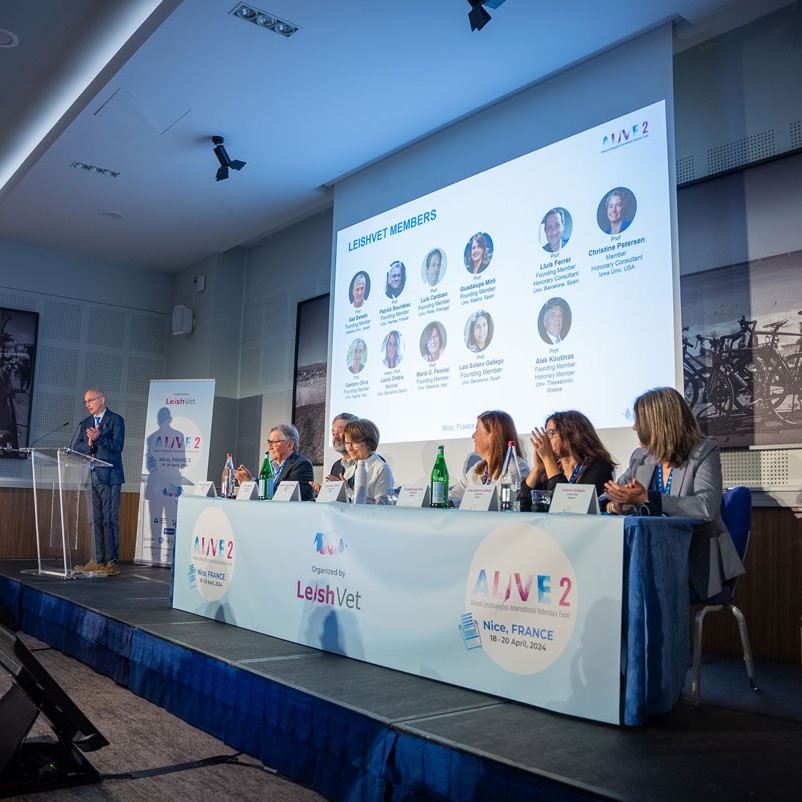
Thank you all!

Location & EventsALIVE 2024

Welcome to LeishVet ALIVE 2, 2024: Your Ultimate Guide to Exploring Nice

Speaker's AreaALIVE 2024

Unveiling Expertise: Dr. Chiara Noli at LeishVet ALIVE 2 2024

Speaker's AreaALIVE 2024

Unlocking Insights into Phlebotomine Sand Flies with Dr. Carla Maia

Speaker's AreaALIVE 2024

Unveiling the Mysteries of Canine Leishmaniosis: A Spotlight on Dr. C. Fernandez-Prada

Location & EventsALIVE 2024
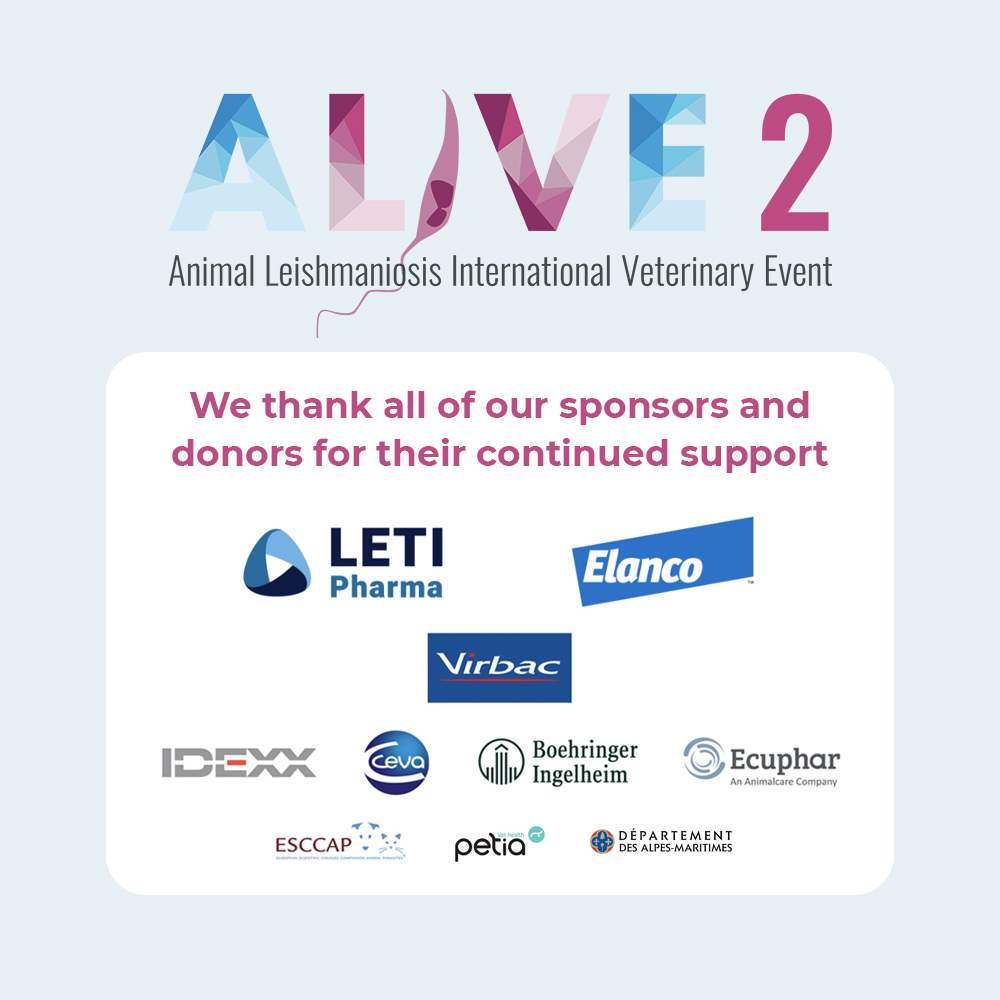
Honoring Our Sponsors at ALIVE 2, 2024

Location & EventsALIVE 2024

Reserve your room at the Radisson Blu Hotel, Nice

Speaker's AreaALIVE 2024

Dr. F. Dantas-Torres: A Guiding Light in Leishmaniasis Research

Location & EventsALIVE 2024

Nice’s Hidden Gems: Off-the-Beaten-Path Adventures for LeishVet ALIVE 2024 Attendees

Speaker's AreaALIVE 2024

Introducing Dr. M. Saridomichelakis: A Leading Expert in Veterinary Dermatology and Leishmaniosis

ALIVE 2024

Round Table Sessions: Send your Question

Speaker's AreaALIVE 2024

Dr. Marta Leiva: A Speaker Profile on Combatting Ophthalmic Issues in Animal Leishmaniosis

Location & EventsALIVE 2024

Nice: The Enchanting Host City for LeishVet ALIVE 2, 2024

Location & EventsALIVE 2024
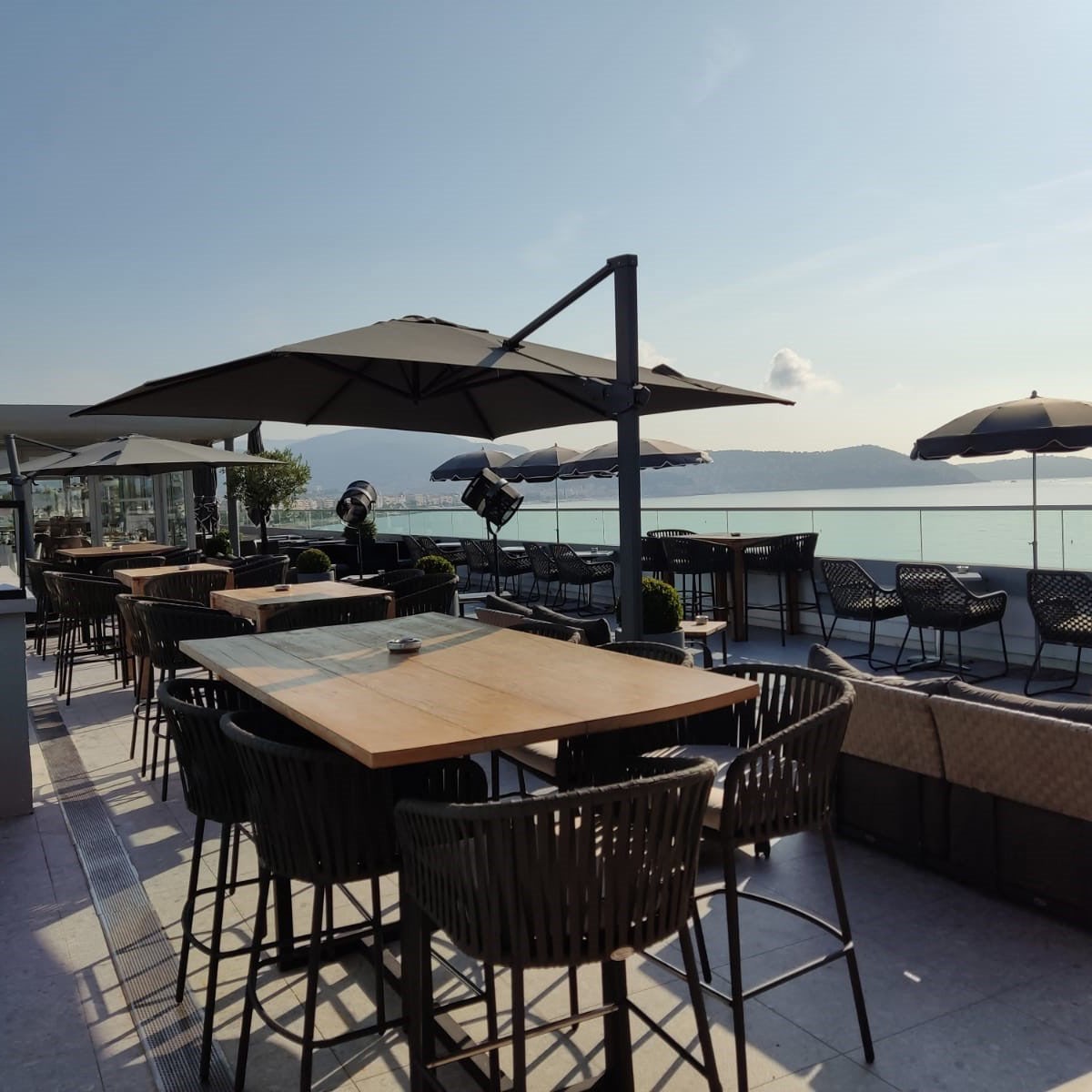
Program Highlights: Must-Attend Sessions at ALIVE 2

Location & EventsALIVE 2024
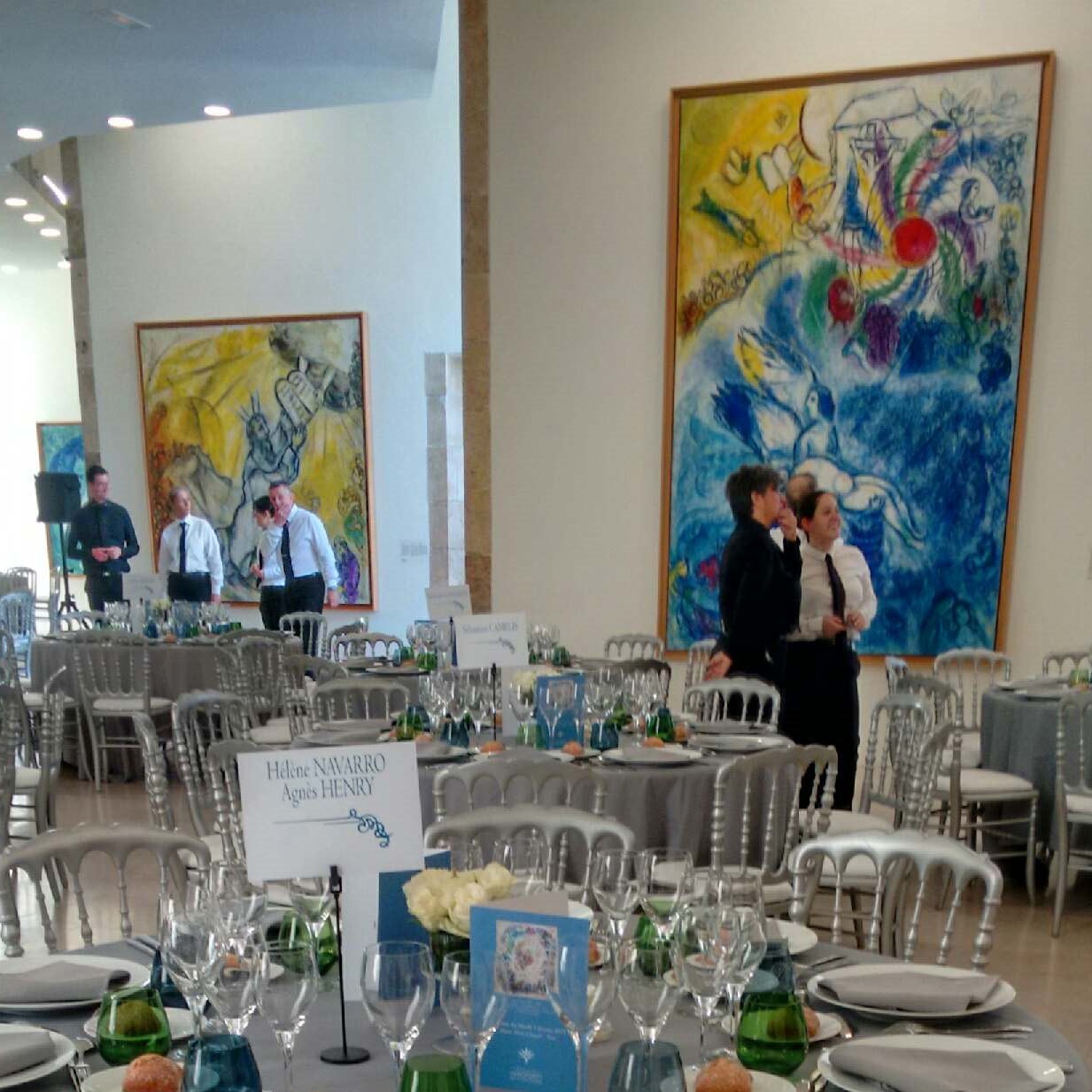
Art Meets Science: Leishvet ALIVE 2, 2024’s Gala Dinner in the Musée national Marc Chagall

Speaker's AreaALIVE 2024

Speaker Profile: Dr Jorge Alvar

Location & EventsALIVE 2024

Registration is open! Enjoy Early Bird Rates at LeishVet ALIVE 2024

Speaker's AreaALIVE 2024
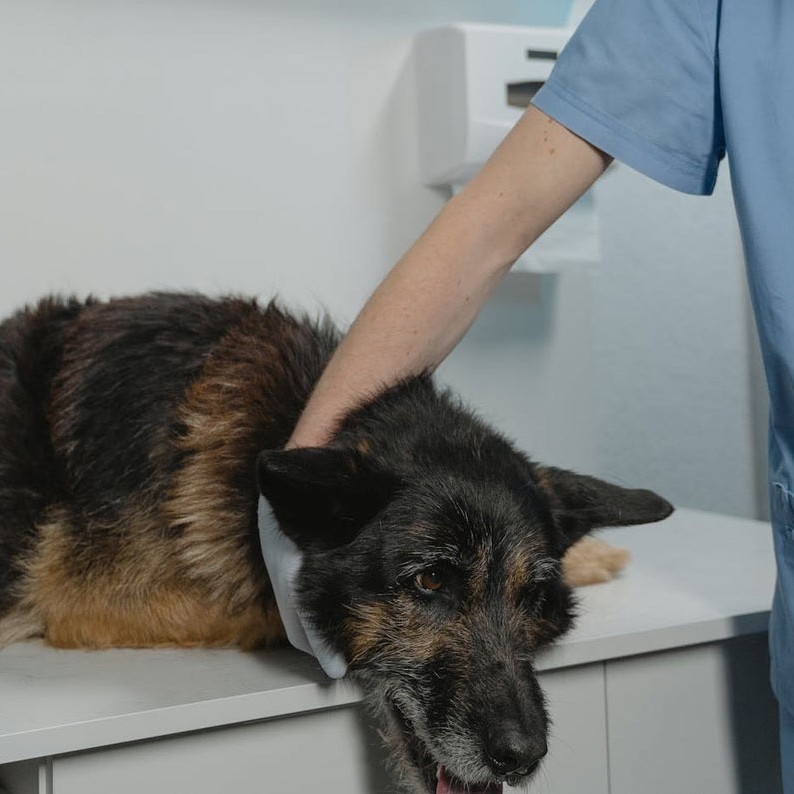
Abstract Final Extension

Speaker's AreaALIVE 2024
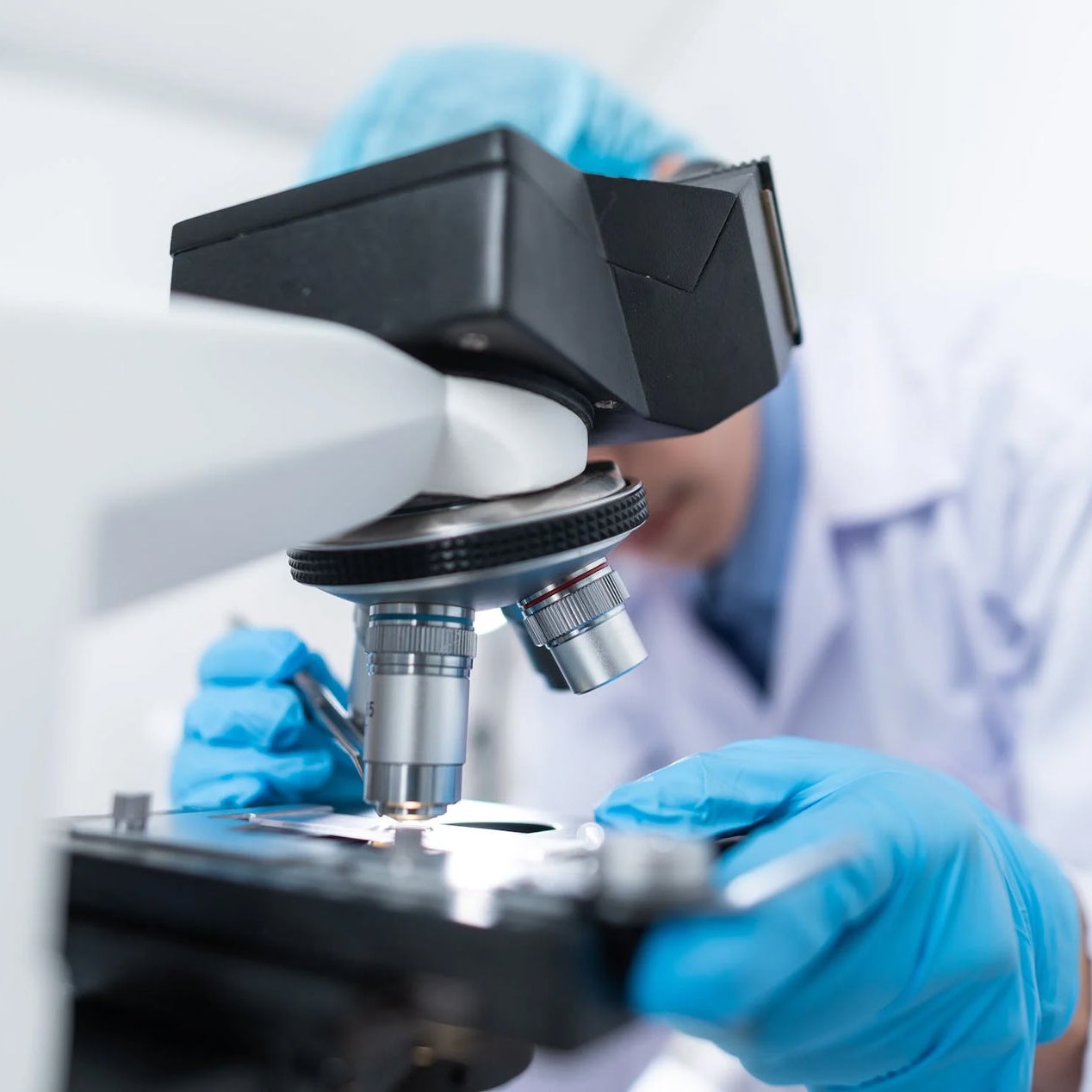
Submit your Abstract from July 1st, 2023

Location & EventsALIVE 2024

ALIVE 2, 2024 to be held in Nice


